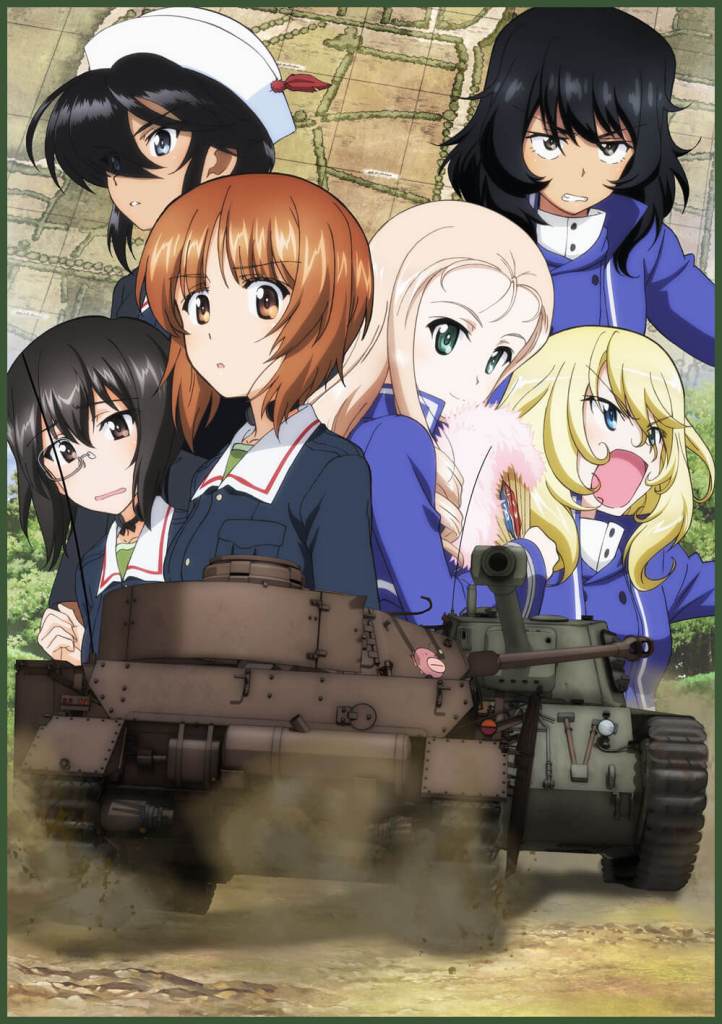I don’t know if there’s a wrong side of ridiculousness, but I definitely know that Birdie Wing: Golf Girls’ Story is squarely on the right one. And with the series now finished, I wanted to do a review of Season 2 to wrap everything up.
(Warning: Season 1 Spoilers)
The plot of the first season is like something from a fever dream: An orphan girl named Eve participates in her country Nafrece’s illegal underground golf scene, where big money is on the line. One day, she encounters a Japanese girl destined to become her rival/romantic interest Amawashi Aoi. In order to fulfill their dream of truly playing against each other someday, Eve has to overcome all the crime lords involved through the power of her brute force approach to golf. During this time, the list of things that happen include: a rocket launcher assassination, an airship with a transforming golf course inside, and even a cyborg golfer. Eventually, Eve winds up in Japan and attends the same school as Aoi, an academy for people with dreams of going pro.
At the end of Season 1, we were left with a question of what kind of series Birdie Wing will be overall. It has so many components that it could lean just a little in any direction and become something wildly different. Now that Season 2 is done and the series is complete (for now), we have the answer: Birdie Wing is all about Maximum Drama, and it will use every tool in its arsenal to achieve this goal. These include: a disease that kills you if you play too much golf, convoluted family trees that boggle the mind, and special abilities passed down from mentors and long-lost figures from the past. What we have is not so much a sports anime or a drama, but a series that asks, “What if a soap opera had tournament arcs?”
I will give one small spoiler about Season 2: My prediction about them going into space to play golf never came true, despite the fact that “Amuro Ray” and “Char Aznable” essentially both exist in this anime. Nevertheless, it’s an enjoyable roller coaster all the way through, and how the series ends is actually brilliant in its own way. While I’m not going to say that Birdie Wing is perfect, or that it’s for everyone, I do believe that we need more anime of its kind in the world.


